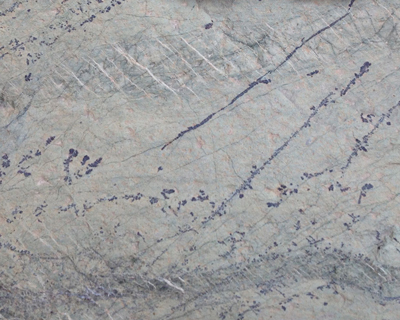Iron Oxide (U–Th)/He Thermochronology: New Perspectives on Faults, Fluids, and Heat
Fault zones record the dynamic motion of Earth’s crust and are sites of heat exchange, fluid–rock interaction, and mineralization. Episodic or long-lived fluid flow, frictional heating, and/or deformation can induce open-system chemical behavior and make dating fault zone processes challenging. Iron oxides are common in a variety of geologic settings, including faults and fractures, and can grow at surface- to magmatic temperatures. Recently, iron oxide (U–Th)/He thermochronology, coupled with microtextural and trace element analyses, has enabled new avenues of research into the timing and nature of fluid–rock interactions and deformation. These constraints are important for understanding fault zone evolution in space and time.
Iron Oxide (U–Th)/He Thermochronology: New Perspectives on Faults, Fluids, and Heat Read More »


